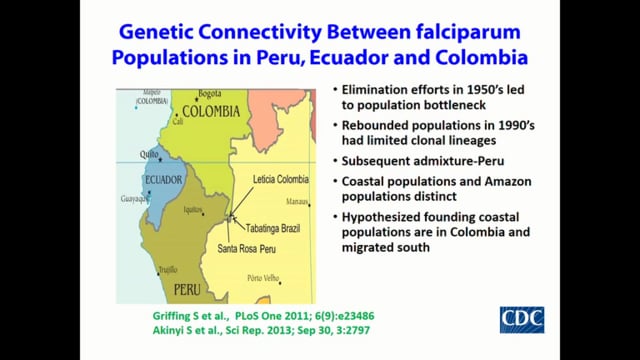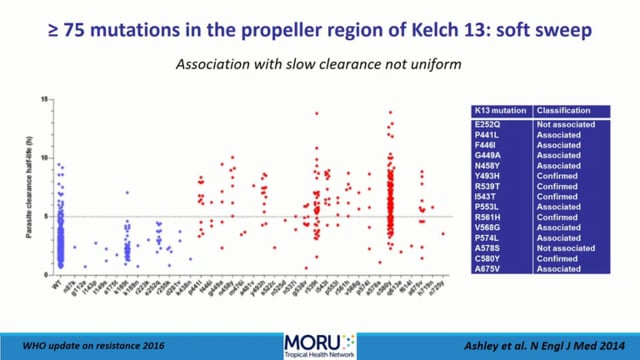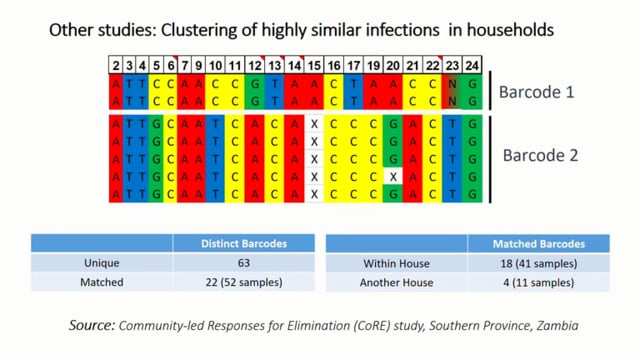ASTMH 2018, Kumar Venkatachalam: “Genetic epidemiology applications in malaria elimination/pre-elimination settings in Latin America”
Collaborator(s): Centers for Disease Control and Prevention (CDC), United States
Published: 30/10/2018
In collaboration with ASTMH, Image Audiovisuals, and session presenters, MESA brings you this webcast from the 67th ASTMH annual meeting in New Orleans, October 2018
Title: “Genetic epidemiology applications in malaria elimination/pre-elimination settings in Latin America “
Speaker: Kumar Venkatachalam, CDC, Atlanta, GA, United States
Session information:
Symposium 61: Genetic Epidemiology for Malaria Elimination
October 30, 2018, 8:00 AM – 9:45 AM, Marriott – Mardi Gras EFGH (3rd Floor)
Abstract:
This symposium will explore current and future applications of molecular epidemiological data in National Malaria Control Program and Health Ministry decision-making, and in overall malaria control and elimination strategy. A series of brief presentations will describe use cases demonstrating the use of genomic data to address questions of local epidemiological and programmatic relevance in various contexts, including surveillance for changes in transmission, identifying sources and sinks of infection, tracking drug resistance, responding to outbreaks, and applications to elimination and elimination certification. The symposium will also cover considerations and challenges for data requirements, generation, analysis, and integration into existing operational frameworks within NMCPs and Health Ministries, and into epidemiological models. Presentations will be followed by a panel discussion on 1) Needs and challenges of integrating molecular epidemiology into existing operational and decision-making frameworks; 2)Lessons from other infectious diseases, e.g. Ebola, Lassa fever, flu; 3) Unique value of molecular epidemiology in addressing key questions for malaria control and elimination going forward (e.g. drug resistance, vaccine escape, sink and source, surveillance; 4) Sample and data requirements to support these applications.


